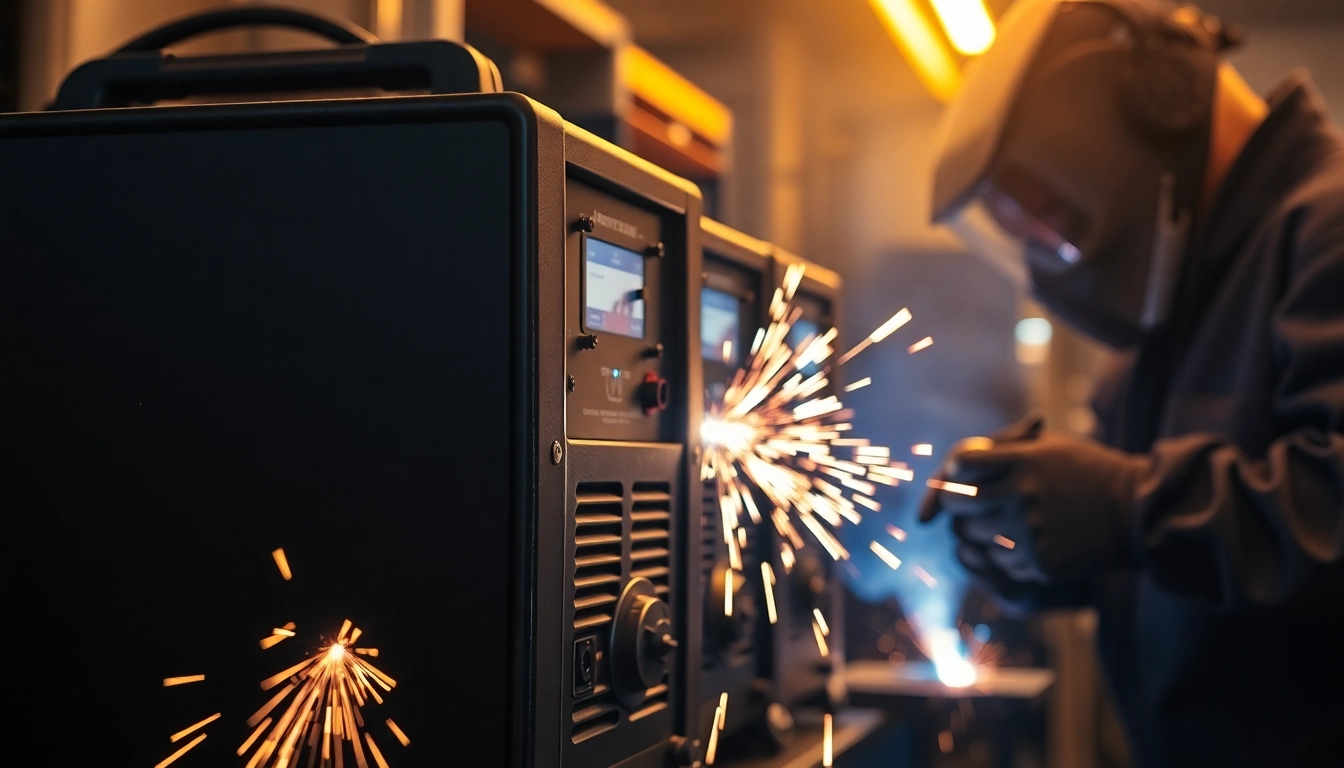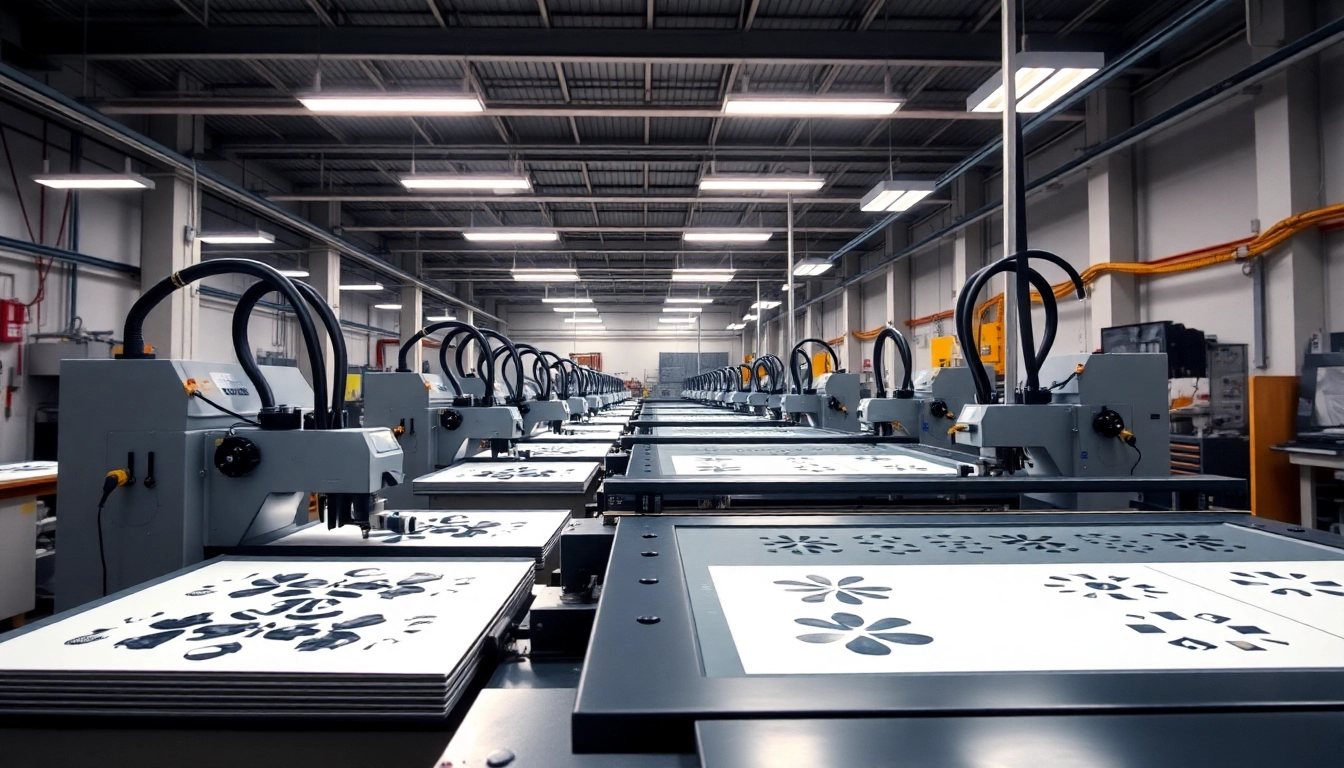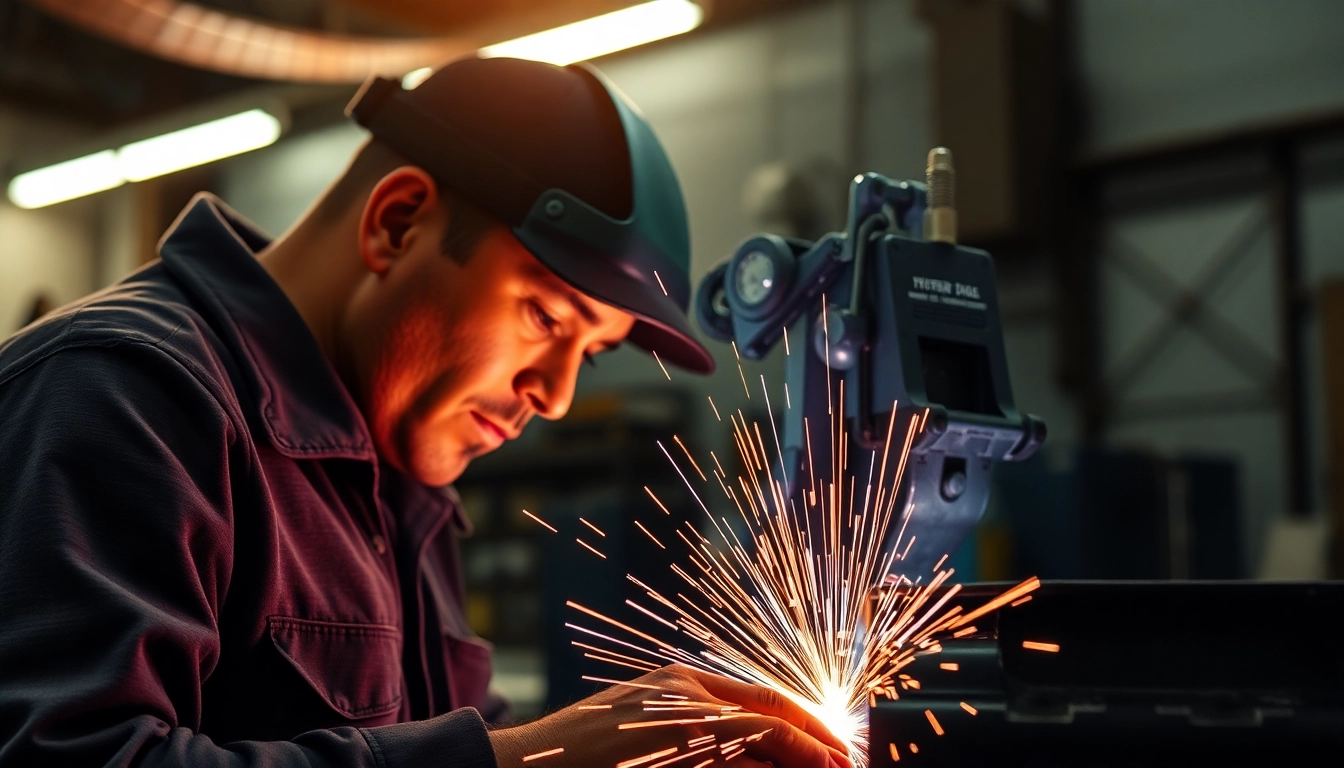Understanding AC DC TIG Welders
TIG welding, or Tungsten Inert Gas welding, has emerged as a prominent welding method due to its ability to create clean, precise, and aesthetically pleasing welds. Among the various types of TIG welders available, ac dc tig welders stand out for their versatility and effectiveness. This article delves deep into the world of AC DC TIG welders, exploring what they are, how they work, and their significant benefits.
What is an AC DC TIG Welder?
An AC DC TIG welder is a type of welding machine capable of producing both alternating current (AC) and direct current (DC). This dual-functionality allows welders to work on a varied range of materials and thicknesses. With AC, you can effectively weld non-ferrous materials like aluminum and magnesium, which require a different form of electrical current than what is typically used for ferrous metals, such as steel. The versatility of AC DC TIG welders makes them a popular choice in various industrial and DIY applications.
Difference Between AC and DC Current in TIG Welding
The choice between AC and DC current in TIG welding significantly influences the outcome of the weld. Here’s a closer look:
- AC Current: Alternating current is predominantly used for welding aluminum. The alternating flow of electricity allows for better cleaning and penetration when dealing with this material. This is because the reverse polarity inherent in AC effectively removes the oxide layer that forms on aluminum, ensuring a clean weld.
- DC Current: Direct current is more suitable for welding ferrous and some non-ferrous metals, like copper and brass. DC provides a more stable arc and is often preferred for vertical and overhead welding due to its high heat concentration and the smoother arc produced, leading to better penetration and control.
Common Applications of AC DC TIG Welders
AC DC TIG welders are utilized across numerous industries and applications, including:
- Aerospace: High-stakes environments require precision and reliability, making AC DC TIG welders ideal for critical applications.
- Automotive Restoration: Professionals often choose these welders for restoring vintage cars, due to their ability to work efficiently on various metals.
- Fabrication Shops: From architectural components to machine parts, AC DC TIG welders are essential for creating high-quality welds that meet industry standards.
- Home and Hobby Projects: DIY enthusiasts value the versatility of AC DC TIG welders when working on aluminum, steel, and stainless steel projects.
Benefits of Using AC DC TIG Welders
Versatility Across Different Metals
One of the standout features of AC DC TIG welders is their ability to handle a wide array of metals, including aluminum, stainless steel, copper, and ferrous materials. This versatility not only broadens the range of projects a welder can tackle but also allows for seamless transitions between different metals without needing to invest in multiple machines.
Precision and Quality of Welds
When precision is paramount, AC DC TIG welders shine. The controlled heat input and stable arc ensure fine details are maintained during the welding process. This results in cleaner, stronger welds that require less post-weld cleanup. The ability to control amperage and adjust the heat provides welders with the tools necessary to make intricate welds, even on thin materials.
Cost Efficiency and Long-Term Investment
While the initial investment in an AC DC TIG welder may be higher than other welding types, the long-term benefits often outweigh upfront costs. Their durability and versatility can lead to savings by eliminating the need for multiple machines. Additionally, the reduced waste and lower likelihood of defects lead to significant costs saved over time.
Choosing the Right AC DC TIG Welder
Key Features to Look For
When selecting an AC DC TIG welder, here are some important features to consider:
- Amperage Range: Ensure the welder can cover the necessary range for your materials. A good welder should handle low amperage for thin materials and high amperage for thicker components.
- Portability: Depending on your projects, consider the weight and design of the welder. Some models come with carry cases or wheels for easy transportation.
- Cooling System: Good cooling systems enhance longevity. Look for models with efficient cooling solutions to avoid overheating during prolonged use.
- Control Settings: A user-friendly interface with adjustable settings leads to better results. Look for features such as foot pedals for amperage control and digital readouts for precise setting adjustments.
Budget Considerations and Price Ranges
AC DC TIG welders come in various price ranges. Budget models typically start around $300, while professional-grade machines can cost upwards of $3,000. Before making a purchase, it’s essential to evaluate your needs against your budget, considering factors like frequency of use, types of materials, and required precision.
Top Brands and Models in the Market
Some of the leading brands in AC DC TIG welding machines include:
- Miller Electric: Known for quality and reliability, Miller’s range includes models suitable for hobbyists and professionals.
- Lincoln Electric: Offers a variety of machines, praised for their durability and performance, particularly in commercial environments.
- Everlast: Provides competitive pricing and useful features for both beginners and experienced welders.
- PrimeWeld: Known for affordability without compromising on essential features, popular among DIY welders.
Tips for Mastering AC DC TIG Welding
Safety Precautions When Using TIG Welders
Safety is critical in welding. Here are essential safety measures to take:
- Wear Protective Gear: Always use appropriate safety gear, including goggles, gloves, and protective clothing to shield yourself from ultraviolet rays and sparks.
- Ensure Proper Ventilation: Welding can produce fumes that are harmful; working in well-ventilated areas minimizes health risks.
- Secure Your Work Area: Keep the workspace free of flammable materials and clutter, and ensure good lighting to prevent accidents.
Common Mistakes to Avoid
Many novice welders make common errors that can negatively impact their results. Here are some pitfalls to avoid:
- Incorrect Electrode Preparation: Ensure electrodes are clean and properly shaped. Poor preparation can lead to unstable arcs.
- Improper Settings: Always adjust your machine settings according to the thickness and type of metal being welded to achieve optimal results.
- Neglecting Welding Technique: Master your technique by practicing the feed speed, angle, and distance from the workpiece to develop the skills necessary for clean welds.
Maintenance Tips for Ensuring Longevity
Regular maintenance is vital for the longevity of your AC DC TIG welder:
- Keep it Clean: Regularly clean the machine to remove welding spatter and dust that can interfere with performance.
- Check Connections: Ensure that leads and cables are secure. Loose connections can lead to poor performance and electrical hazards.
- Inspect Consumables: Regularly inspect and replace worn consumables like tungsten electrodes and nozzles to maintain optimal welding quality.
Customer Reviews and Testimonials
Real User Experiences with AC DC TIG Welders
Customer feedback provides valuable insights into the performance and usability of AC DC TIG welders. Users often commend the ability to seamlessly switch between AC and DC, appreciating the versatility for various materials and projects.
Comparative Analysis of Popular Models
When comparing popular models, consider factors such as ease of use, build quality, and available features. For instance, the Miller Multimatic series is often praised for its automation and adaptability, while the Lincoln Electric Square Wave is touted for its welding capabilities on thin sheets.
Community Recommendations and Best Practices
The welding community often shares helpful tips and best practices. Participating in forums or local clubs can provide insights into which models perform best and how to troubleshoot common issues.



